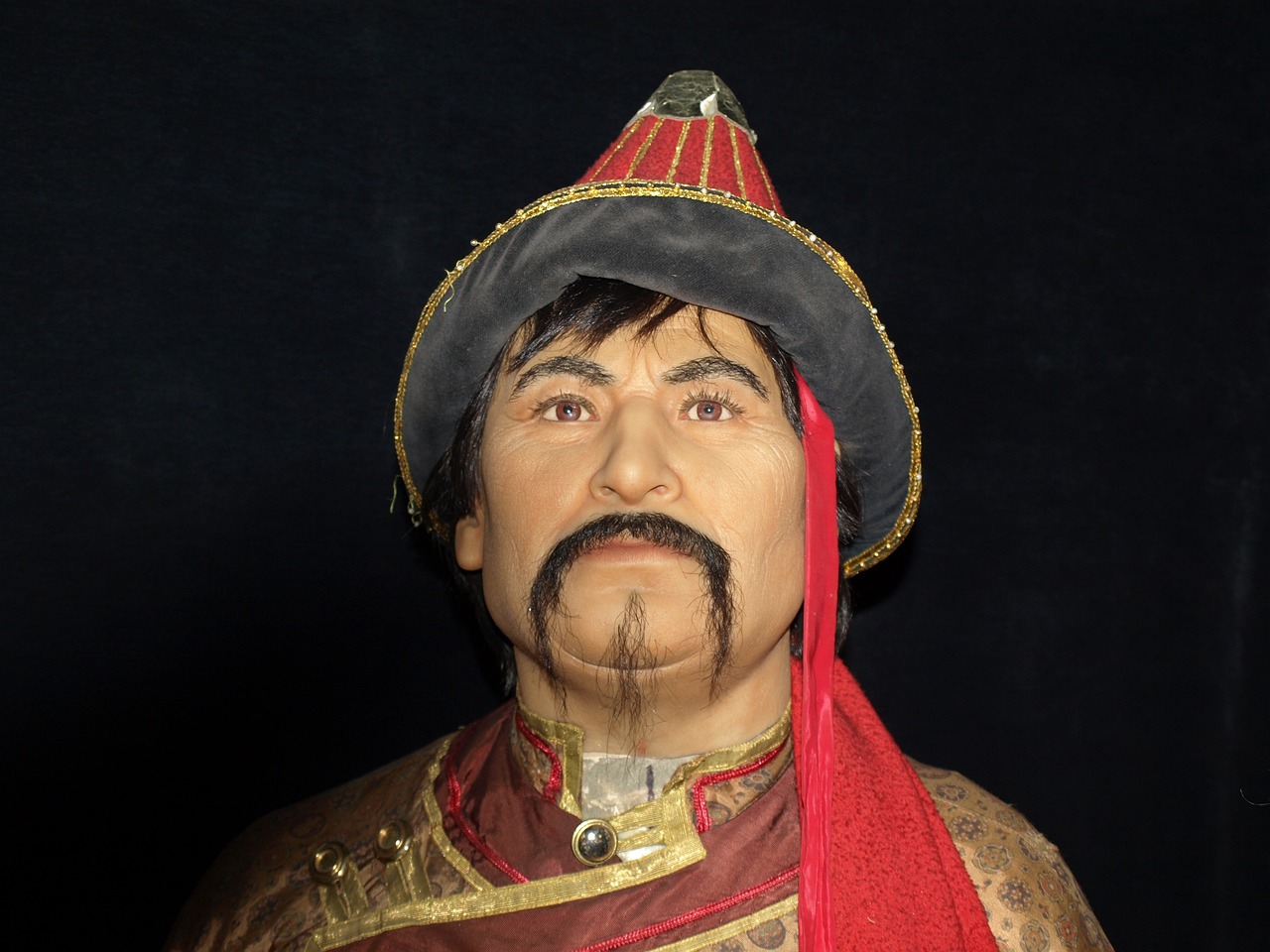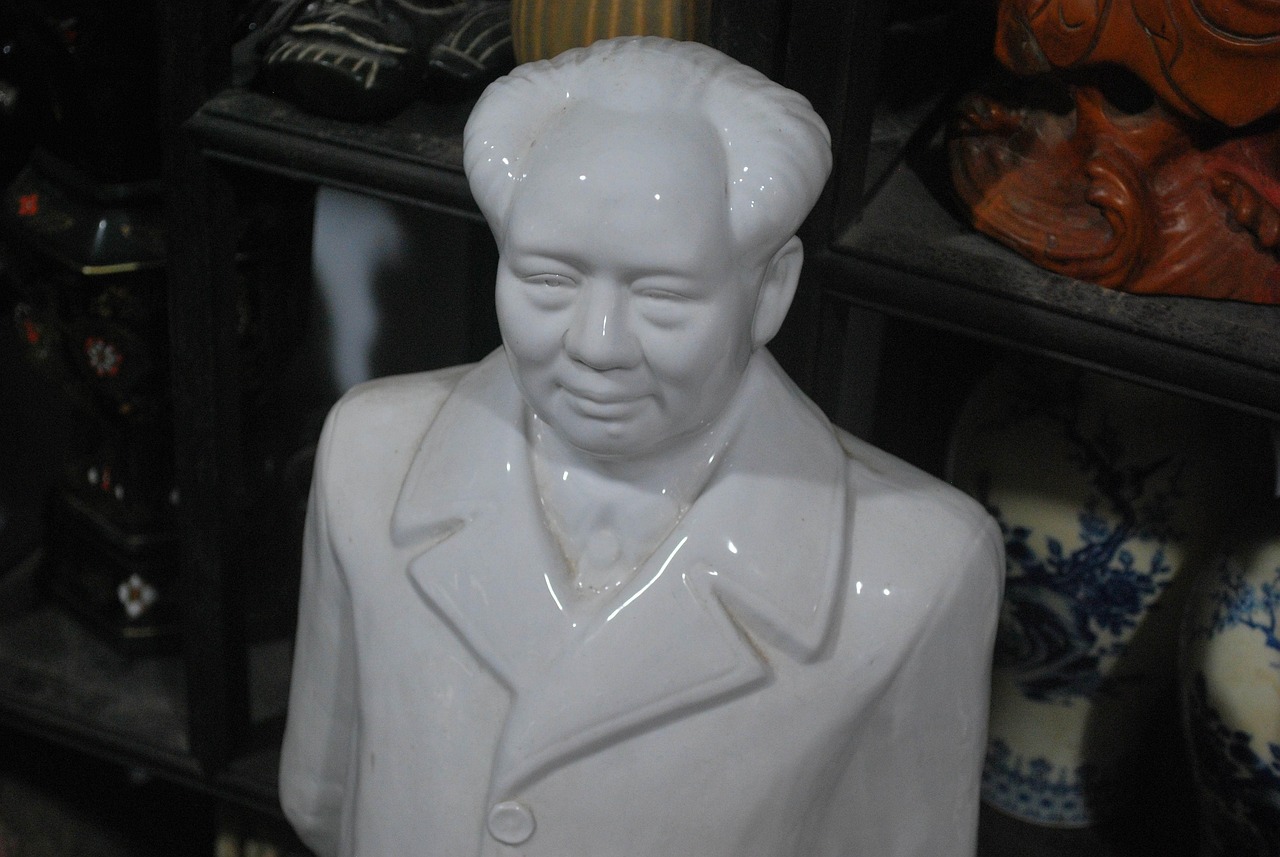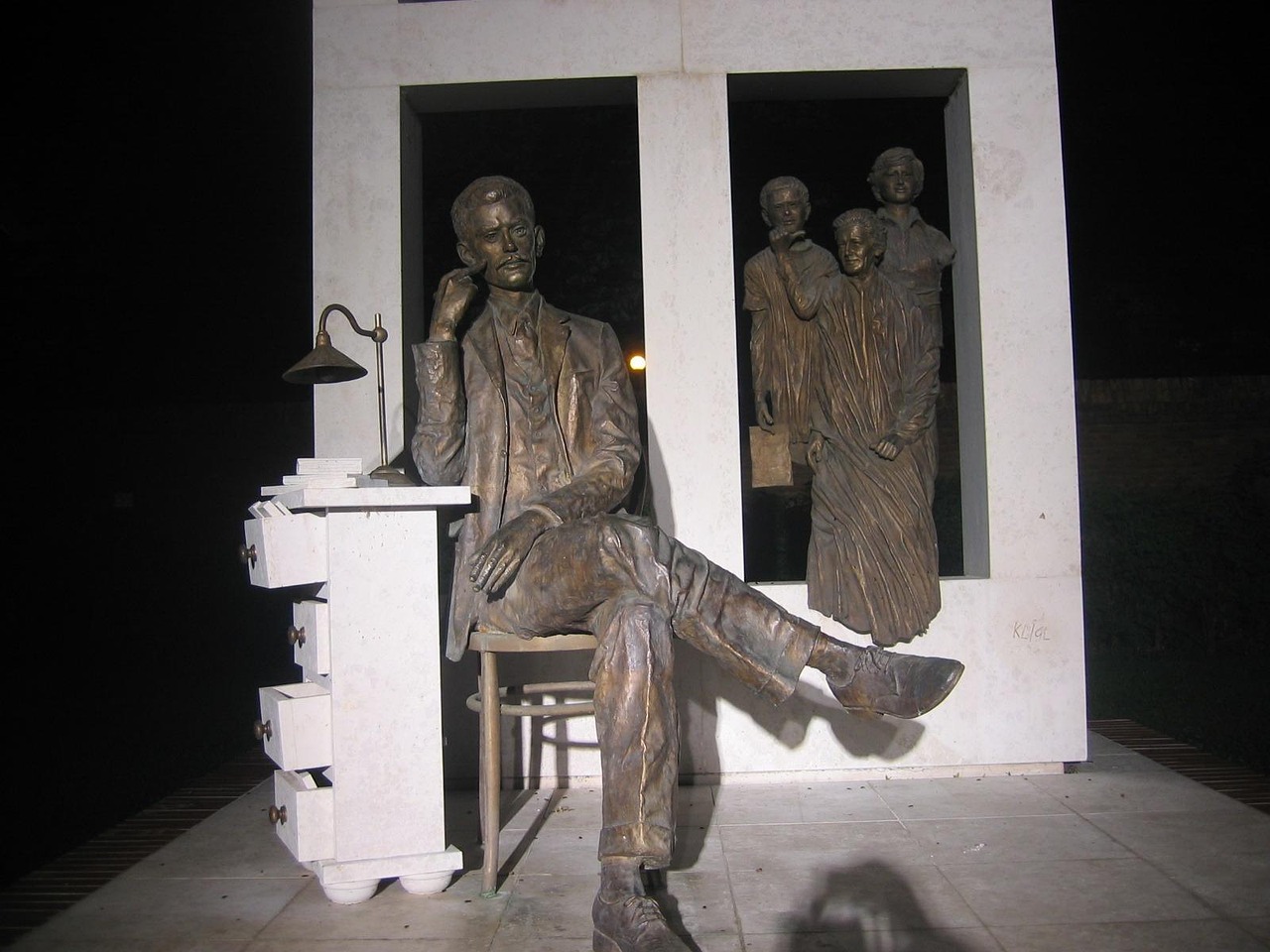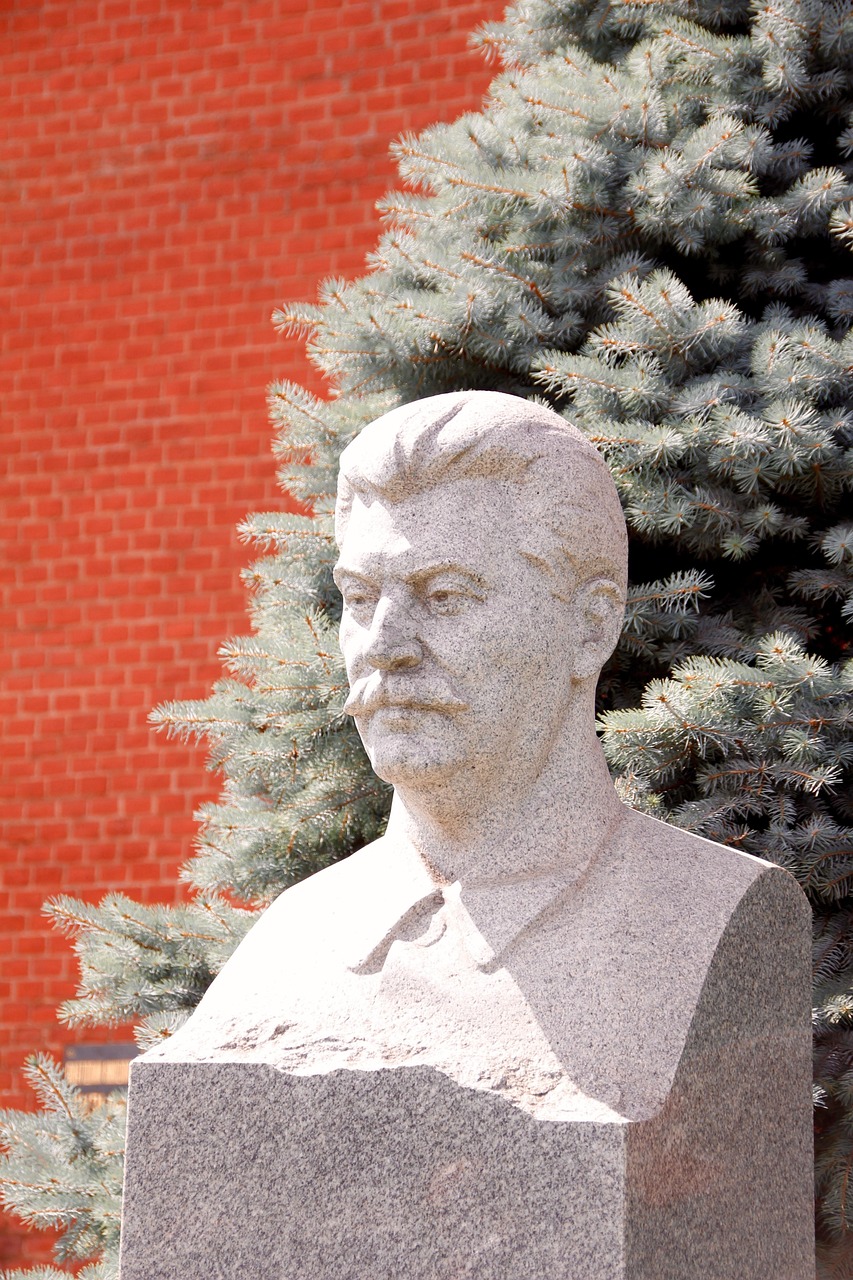The Mongol Terror Machine: Genghis Khan’s Path of Destruction

Imagine an empire so vast that communication between its edges would take months, built entirely on the bones of conquered enemies. Genghis Khan’s conquests caused the deaths of roughly 40 million people, with many historians putting the number at somewhere around 40 million, and scholars estimate that he may have killed a full three-fourths of modern-day Iran’s population during his war with the Khwarezmid Empire. All told, the Mongols’ attacks may have reduced the entire world population by as much as 11 percent. According to the works of the Iranian historian Rashid al-Din, the Mongols killed more than 1,300,000 people in Merv and more than 1,747,000 in Nishapur, while the total population of Persia may have dropped from 2,500,000 to 250,000 as a result of mass extermination and famine. According to a study by the Carnegie Institution for Science’s Department of Global Energy, the annihilation of so many human beings and cities under Genghis Khan may have scrubbed as much as 700 million tonnes of carbon from the atmosphere by allowing forests to regrow on previously populated and cultivated land.
The Communist Butcher: Stalin’s Industrial-Scale Murder

In the heart of the Soviet Union, Joseph Stalin turned systematic killing into an art form that would make ancient tyrants blush. The total figure of civilians deliberately killed under Stalinism, around six million, is of course horribly high, but it is far lower than the estimates of twenty million or more made before we had access to Soviet sources. Snyder estimates that Hitler was responsible for between 11 million and 12 million noncombatant deaths, while Stalin was responsible for at least 6 million, and as many as 9 million if “foreseeable” deaths caused by deportation, starvation, and incarceration in concentration camps are included. In 2011, after assessing twenty years of historical research in Eastern European archives, American historian Timothy D. Snyder stated that Stalin deliberately killed about 6 million, which rise to 9 million if foreseeable deaths arising from policies are taken into account. In all, 682,691 people were killed during the Great Terror, to which might be added a few hundred thousand more Soviet citizens shot in smaller actions.
The Nazi Architect of Genocide: Adolf Hitler’s Machine of Death

Hitler’s regime didn’t just kill people—it transformed murder into a mechanized, systematic process that shocked even hardened killers of previous eras. Snyder estimates that Hitler was responsible for between 11 million and 12 million noncombatant deaths, while Stalin was responsible for at least 6 million, and as many as 9 million if “foreseeable” deaths caused by deportation, starvation, and incarceration in concentration camps are included. Hitler was worse, because his regime propagated the unprecedented horror of the Holocaust, the attempt to eradicate an entire people on racial grounds. The non-battle deaths of USSR citizens caused by Nazi Germany is by far the highest of any nation that Germany attacked in the Second World War, with a mid-estimate of 12,250,000 killed, this is more than twice that of Poland’s body count. The calculated precision of Nazi killing methods represented something entirely new in human cruelty, making Hitler’s regime a blueprint for industrial genocide.
The Greatest Mass Murderer: Mao Zedong’s Deadly Experiments

While Stalin and Hitler competed for the title of history’s greatest killer, one man quietly surpassed them both through policies that starved tens of millions. But both Hitler and Stalin were outdone by Mao Zedong, as from 1958 to 1962, his Great Leap Forward policy led to the deaths of up to 45 million people – easily making it the biggest episode of mass murder ever recorded. What comes out of this massive and detailed dossier is a tale of horror in which Mao emerges as one of the greatest mass murderers in history, responsible for the deaths of at least 45 million people between 1958 and 1962, and it is not merely the extent of the catastrophe that dwarfs earlier estimates, but also the manner in which many people died: between two and three million victims were tortured to death or summarily killed, often for the slightest infraction. Somewhere near the Stalinist ledger must belong the thirty million or more Chinese starved during the Great Leap Forward, as Mao followed Stalin’s model of collectivization.
The Destroyer of Cambodia: Pol Pot’s Killing Fields

In Cambodia, Pol Pot proved that you don’t need decades to destroy a civilization—just four years of methodical brutality can erase a quarter of a nation’s population. It resulted in the deaths of 1.5 to 2 million people from 1975 to 1979, nearly 25% of Cambodia’s population in 1975 (c. 7.8 million). Ben Kiernan estimates that 1.671 million to 1.871 million Cambodians died as a result of Khmer Rouge policy, or between 21% and 24% of Cambodia’s 1975 population, while a study by French demographer Marek Sliwinski calculated slightly fewer than 2 million unnatural deaths under the Khmer Rouge out of a 1975 Cambodian population of 7.8 million. The Khmer Rouge targeted ethnic minorities, especially Chinese, Vietnamese, and Muslim Cham, of whom an estimated 80% were killed, and in addition, anyone who was believed to be an intellectual was killed: doctors, lawyers, teachers, even people who wore glasses or knew a foreign language became targets. The regime’s paranoia reached such heights that simply wearing glasses was enough to warrant execution.
The Scourge of God: Attila the Hun’s Terror Campaign

Long before modern dictators perfected mass murder, Attila the Hun earned his fearsome reputation by making entire civilizations tremble at the mere mention of his name. Attila was a tribal leader who became one of the most powerful leaders in world history, and he was known for his attacks on the Roman Empire and for destroying many of the cities he conquered. Attila was a tribal leader who became one of the most powerful leaders in world history, and he was known for his attacks on the Roman Empire and for destroying many of the cities he conquered. His military campaigns spread terror across Europe, earning him the nickname “Scourge of God” among his terrified contemporaries. Unlike other conquerors who sought to rule their conquered territories, Attila often preferred complete destruction, leaving smoking ruins where thriving cities once stood. The psychological impact of his campaigns was perhaps even more devastating than the physical destruction, as entire populations would flee at the first rumor of his approach.
The Impaler’s Reign of Terror: Vlad Tepes and His Forest of Stakes

In the dark forests of Wallachia, Vlad Tepes transformed execution into a grotesque art form that would inspire nightmares for centuries. Vlad Tepes, ruling Wallachia (Romania) in 1448, 1456-1462, and 1476-1477, was known as “Vlad the Impaler” for his preferred method of dealing with opponents, and he is said to have inspired Bram Stoker’s character Dracula. His preferred method of execution—impaling victims on wooden stakes and leaving them to die slowly—became his trademark calling card. Vlad would arrange thousands of stakes in geometric patterns, creating literal forests of the dying and dead that served as both punishment and psychological warfare. Foreign ambassadors reported seeing entire valleys filled with impaled corpses, some still writhing in agony days after their ordeal began. His cruelty was so systematic and theatrical that it transcended mere brutality to become a form of performance art designed to break the will of his enemies before they even dared to fight.
The Mad Queen of Madagascar: Ranavalona I’s Systematic Slaughter

On the isolated island of Madagascar, Queen Ranavalona I proved that female rulers could match their male counterparts in ruthless efficiency when it came to crushing opposition. Ranavalona was known as the “Mad Queen of Madagascar” and “Ranavalona the Cruel,” and she is said to have been the most ruthless queen in history, as during her reign the country’s population was reduced by a half. Between 1828 and 1861, Madagascar’s Ranavalona I was known as Ranavalona the Cruel for her systematic torturing and killing of opponents and foreigners. Her methods included throwing political prisoners off cliffs, boiling them alive, and subjecting them to trials by


